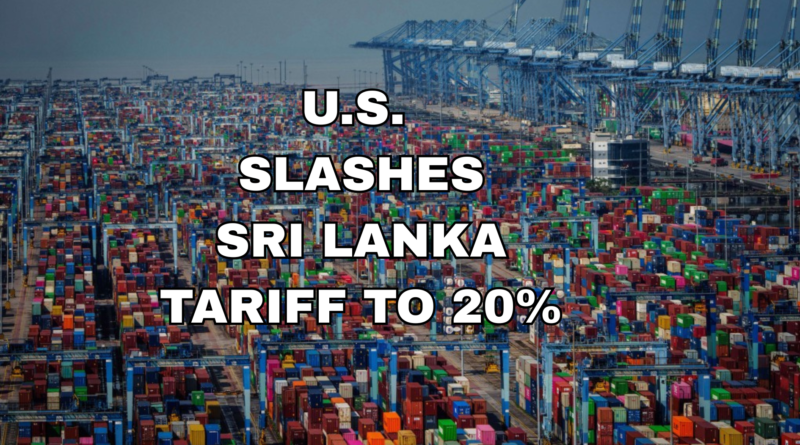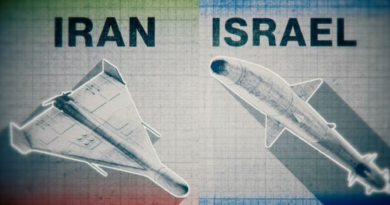U.S. ANNOUNCES 20% TARIFF ON SRI LANKAN EXPORTS
The United States government has officially confirmed a 20% tariff on Sri Lankan exports, replacing the much higher 44% rate initially proposed in April 2025. This updated policy marks a significant shift in U.S. trade strategy toward Sri Lanka, and it has sparked mixed reactions among economists, trade experts, and political commentators. The reduction was announced following months of intense bilateral negotiations between Colombo and Washington, with both sides emphasizing a mutual desire to preserve economic cooperation.
The original 44% tariff, introduced by the Trump administration earlier this year, was aimed at addressing concerns over trade imbalances and perceived unfair practices. However, it quickly drew criticism from American importers, Sri Lankan exporters, and international trade bodies. Many argued that such a steep tariff could cripple Sri Lanka’s already fragile economy, especially in sectors like apparel, tea, rubber, and spices, which heavily rely on U.S. markets.
Sri Lanka’s government had been lobbying aggressively for a more favorable revision. Through diplomatic channels and trade envoys, the island nation presented data showing how the original tariff would result in severe job losses, decreased production, and long-term economic instability. The country also highlighted its strategic importance in the Indian Ocean, subtly underscoring the geopolitical consequences of weakening U.S.-Sri Lanka relations.
After extensive deliberations, the U.S. Trade Representative’s office concluded that a 20% tariff would be a more balanced approach. This new rate, though still impactful, is considered more manageable by most Sri Lankan businesses. American importers, particularly in the textile and agriculture industries, have also welcomed the decision, noting it would reduce supply chain disruptions and keep consumer prices from rising too steeply.
Despite the relief, concerns remain in Colombo. Industry leaders caution that even a 20% tariff may cause a decline in export volumes and revenue, especially for small and medium enterprises. Economists are urging the Sri Lankan government to diversify its export destinations and reduce reliance on Western markets. There are also calls to increase domestic production efficiency and adopt new technologies to remain competitive.
On the U.S. side, officials maintain that the tariffs are part of a broader effort to restore fair trade practices and protect domestic industries. However, critics say the policy could have unintended diplomatic consequences, potentially pushing Sri Lanka closer to other global powers like China or India. Some fear that isolating smaller economies could undermine long-term strategic interests in South Asia.
International observers are closely monitoring the situation. The World Trade Organization (WTO) has not commented officially, but insiders suggest the matter could be raised in future forums if either country seeks formal mediation. Meanwhile, trade analysts note that this move could set a precedent for how the U.S. negotiates with other developing nations over trade imbalances.
Sri Lankan exporters, while relieved by the reduced tariff, are scrambling to adjust pricing strategies and contracts. Some companies are already exploring alternate markets in Europe and Asia to offset potential losses. Others are lobbying their own government for subsidies or tax breaks to cope with the additional cost burdens imposed by the tariff.
The political ramifications in both countries are still unfolding. In the U.S., the decision is seen as a strategic compromise by the Trump administration ahead of the 2026 midterm elections. In Sri Lanka, the government is under pressure to ensure that this policy shift does not translate into mass layoffs or factory shutdowns. Public sentiment is cautiously optimistic, though apprehension about the future remains.
Ultimately, the revised 20% tariff highlights the delicate balance between economic policy and diplomacy. While both governments have avoided the fallout of a more severe trade conflict, the episode underscores how interconnected and fragile global trade relationships can be. As negotiations continue and markets adjust, the next few months will be critical in determining whether this compromise can yield sustainable benefits for both nations.




